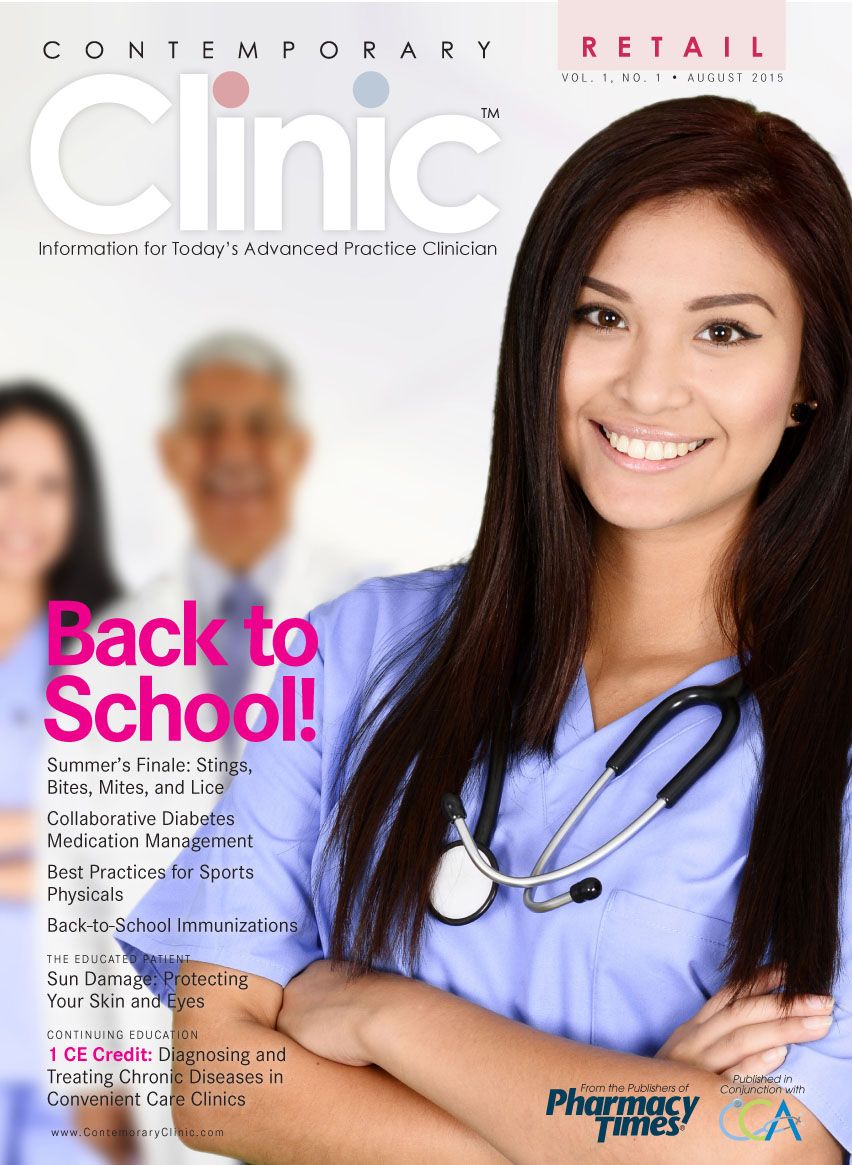Education Shown to Improve HPV Vaccinations
The human papillomavirus is a sexually transmitted disease (STD) that ranges from transient and asymptomatic to more severe, causing several kinds of cancers and genital warts. It is the most common STD: almost 80% of individuals will contract it at some point in their lives, the most prevalent being women aged 18 to 25 years.
Two vaccines that protect against HPV, Guardasil and Cervarix, are available today. Despite the fact that it is recommended for adolescent girls and boys aged 11 to 12 years in a 3-dose series over 6 months with a catch-up vaccination for girls and boys through ages 26 and 21, respectively, the vaccine has a suboptimal uptake in this patient population.
According to a review in theJournal of the American Medical Association: Pediatrics,certain approaches to education on the importance of the vaccine can increase its initiation in this targeted group of patients. The most popular approach is the reminder-and-recall system, which involves reaching out to parents via text message, phone call, e-mail, and letters to remind them to get their child vaccinated.
The results of 1 study showed that the use of a tiered system that provided telephone, mail, and outreach with home visits led to an increase of initiation compared with usual care (59% and 43%, respectively). The results of an additional study that utilized mail and telephone reminders also showed an increased initiation of the vaccine compared with usual care (27% and 21%, respectively).
Two other successful approaches included physician-focused interventions and school-based education. The physician-focused intervention involved education, audit, and feedback, as well as electronic decision support or alerts. The school-based programs focused on education within the schools, where one in particular was conducted in partnership with local health departments. According to the study, all interventions showed a successful increase in vaccination outcomes when compared with normal care.

Knock Out Aches and Pains From Cold
October 30th 2019The symptoms associated with colds, most commonly congestion, coughing, sneezing, and sore throats, are the body's response when a virus exerts its effects on the immune system. Cold symptoms peak at about 1 to 2 days and last 7 to 10 days but can last up to 3 weeks.
COPD: Should a Clinician Treat or Refer?
October 27th 2019The Global Initiative for Chronic Obstructive Lung Disease (GOLD) defines the condition as follows: “COPD is a common, preventable, and treatable disease that is characterized by persistent respiratory symptoms and airflow limitation that is due to airway and/or alveolar abnormalities usually caused by significant exposure to noxious particles or gases.â€
Diabetic Ketoacidosis Is Preventable With Proper Treatment
October 24th 2019Cancer, diabetes, and heart disease account for a large portion of the $3.3 trillion annual US health care expenditures. In fact, 90% of these expenditures are due to chronic conditions. About 23 million people in the United States have diabetes, 7 million have undiagnosed diabetes, and 83 million have prediabetes.
What Are the Latest Influenza Vaccine Recommendations?
October 21st 2019Clinicians should recommend routine yearly influenza vaccinations for everyone 6 months or older who has no contraindications for the 2019-2020 influenza season starting at the end of October, according to the Advisory Committee on Immunization Practices.
What Is the Best Way to Treat Pharyngitis?
October 18th 2019There are many different causes of throat discomfort, but patients commonly associate a sore throat with an infection and may think that they need antibiotics. This unfortunately leads to unnecessary antibiotic prescribing when clinicians do not apply evidence-based practice.
